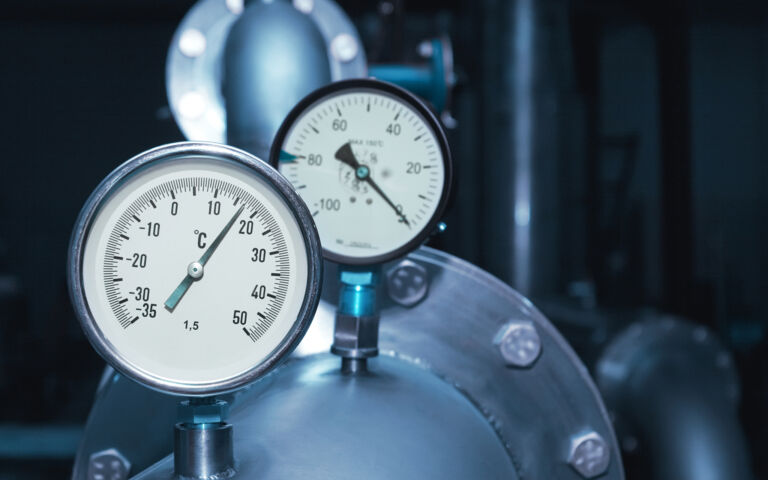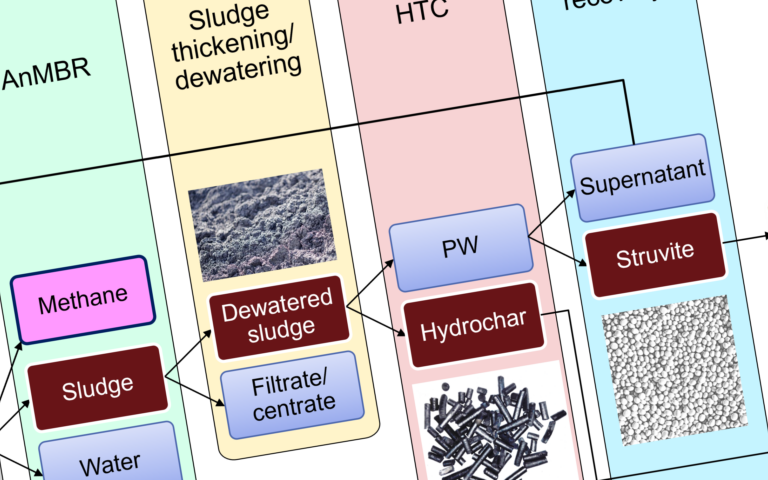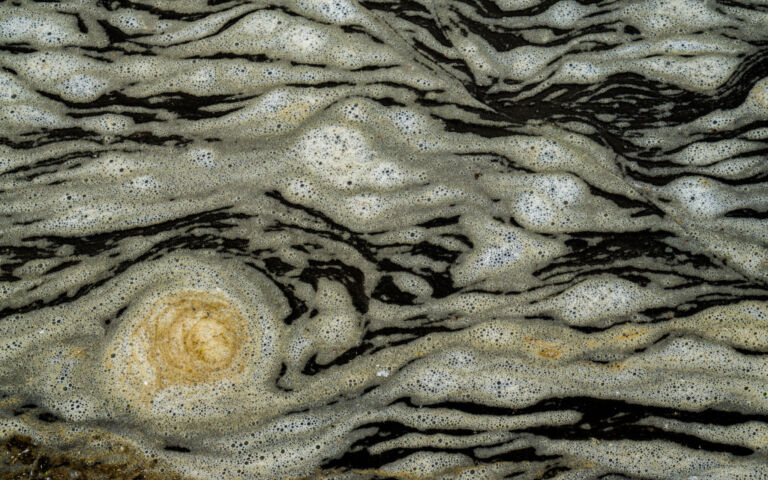Anaerobic treatment of sewage with downstream nutrient recovery − free as the air?


Simon Judd has over 35 years’ post-doctorate experience in all aspects of water and wastewater treatment technology, both in academic and industrial R&D. He has (co-)authored six book titles and over 200 peer-reviewed publications in water and wastewater treatment.
Most people working in wastewater treatment are probably aware of the expense associated with pumping air. The internet is awash with pie charts demonstrating that around 50−55% of the energy costs at a classical municipal WWTW are associated with aeration. The percentage is slightly larger for MBRs because of the requirement for membrane air scouring as well as process aeration.
There are avenues that can be explored for reducing the amount of air required for process aeration: increasing the aeration efficiency by using more effective aerators (including membrane aeration, as recently introduced by GE with its ZeeLung), changing the biochemistry to stop the nitrification oxidation step at nitrite (which saves a whole oxygen atom per atom of nitrogen), or just cleaning the existing aerators.
But, for a substantial saving in aeration costs there is an obvious solution: don’t use air. Anaerobic treatment is hardly new, but the idea of using it for regular sewage treatment is a relatively novel concept. The principle is very straightforward: exclude air and convert carbon to methane (a fuel) instead of CO2. The process generates less sludge than the aerobic route too.
However, there are some not inconsiderable challenges:
- the process takes longer to start up and is slower, increasing the footprint
- the units must be sealed, since the methane must be captured
- the methane is only a little less soluble in water than oxygen, so it must be stripped from the product water or else be lost in the atmosphere (where, as a strong greenhouse gas, it would wreak environmental havoc)
- there can be significant odour issues
- carbon removal is generally limited to less than 90%, depending on the retention time, and
- nutrient removal is negligible.
So, any anaerobic process must have downstream polishing of the residual organic carbon, stripping of the methane and removal of the nitrogen and phosphorus (N and P). This would seem to suggest a biological nutrient removal (BNR) process, but BNR would again demand aeration. To avoid aeration entirely, something a little more imaginative is needed...
So, what's the answer?
One option is to intensify the anaerobic process using membranes to boost carbon removal. There have been a plethora of studies of anaerobic immersed MBRs (AniMBRs) over the past 10−12 years. In principle, if enough biogas is generated to effectively scour the membrane, then it should be possible to operate the process without supplementary gas pumping. However, regular sewage simply isn’t strong enough to generate the required flow of biogas for membrane scouring. Moreover, there is still the requirement for downstream nutrient and methane removal.
So, what to do? At this point, it is as well to be reminded that N and P are, like methane, a resource. Moreover, they can be recovered either chemically (by adsorption in media beds, for example) or biochemically by assimilation into algae. There has been an explosion of research in algal systems recently (see Judd et al, 2015), and it appears that the efficiency and intensivity of algal processes are improving all the time.
And, of course, there’s always reed beds (constructed wetlands). On the downside, anaerobic filters (AFs), algal photobioreactors (PBRs) and constructed wetlands are not the most space-saving of technologies. However, they are all potentially close to zero energy, with both the AFs and algal PBRs providing resource recovery. All without messing about with those pesky membranes, though HF membranes have been shown to be very effective for methane stripping (Cookney et al, 2012).
So, sewage treatment without blowers is technically possible, and zero-energy, low-waste process schemes are already off the drawing board and heading for demonstration: true innovation − a breath of fresh air. But without the air.









